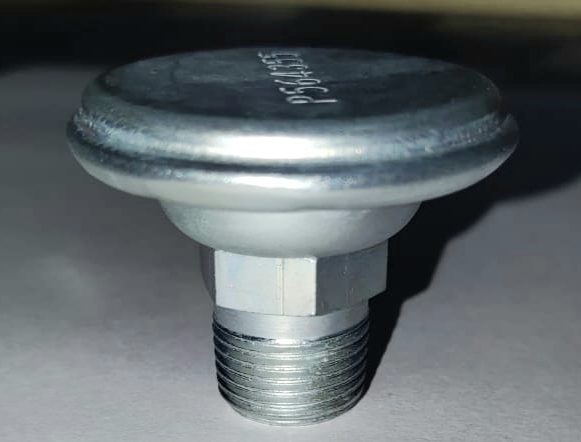When it comes to heavy mining equipment, effective oil breathers are of paramount concern, according to Harshvardhan Singh*.
Why is oil breathing necessary?
As far as operating environments for vehicles go, mine sites are about as harsh as it gets. Dust, dirt, mud, water, humidity, temperature variations, road conditions, and unpredictable operator driving behaviour are some of the factors that regularly test a vehicle’s efficiency.
For a vehicle to run smoothly, the internal mechanisms should be properly lubricated. Lubricants, as we all know, not just lubricate but also cool, clean, and provide noise dampening and sealing. Mining vehicles typically use four main types of lubricants – engine, transmission, axle and hydraulic. The brands and grades used can vary from one original equipment manufacturer to another based on the type and size of equipment.
Similar to humans bodies, , the blood circulating within the body should be healthy for it to function properly. The same is true with machines, where the health of lubricants should be in good condition to achieve higher machine reliability. Oil breathers play a vital role in ensuring oil is kept in optimal condition, eliminating build up of air pressure within an enclosed system containing oil. If this pressure is allowed to build up and is not vented efficiently, it can result in oil leaks, oil contamination and power losses.
Anatomy of a breather
A breather has a small vent or vents and its body can be made up of either steel or other material. Breathers generally have an inbuilt filter element made of paper, foam or fibre media. A typical desiccant breather (breather with a drying agent) uses silica gel to remove moisture and a filter media to remove particles greater than three microns in size.
Oil breather types and functions
- Engine oil breathers, or crankcase breathers: during the process of combustion, some combustion gases escape past the piston rings and enter the crankcase. The breather is a small pipe located inside the engine bending downwards, which helps depressurise the crankcase by releasing these gases to the atmosphere. This helps achieve better engine performance, lower oil consumption and lower oil degradation.
- Hydraulic oil breathers: these breathers are mounted on hydraulic tanks to prevent ingress of contaminants and water from the surroundings into the system. They also help remove the occurrence of a buildup of pressure or vacuum due to temperature or volume changes.
- Transmission oil breathers (pictured above): these breathers are mounted on transmissions to maintain air pressure equilibrium when the air inside expands and contracts due to heating and cooling of transmission oil during vehicle operation. The inbuilt filtration media blocks entry of contaminants and moisture, which can enter the system with air suction.
- Axle oil breather (pictured below): these breathers are mounted on differential housing. While in operation, the air inside the axle assembly heats up and expands, increasing the pressure. This pressure needs to be vented out to the atmosphere. When the axle assembly cools down, the air inside contracts and creates a vacuum. The breather helps in serving this process.
Maintaining oil breathers
The condition of oil breathers needs to be checked at every scheduled maintenance interval. The breathers should be replaced if the condition is found to be critical, in addition to the recommended change period mentioned in a vehicle’s manual. One of the best ways to check if the breather is working is to pass compressed air through the breather or blow air in manually via mouth. If the breather is not choked, air will pass through the breather. This method can only be used for checking axle breathers and transmission breathers. For hydraulic breathers, generally visual inspections are carried out to check condition.
Breathers – especially axle breathers – can be repositioned to a higher position on the machine in order to protect them from mud, which gets splashed on axle assemblies during vehicle operation.
*Harshvardhan Singh works as a Senior Service Engineer with an international mining equipment firm in Ajmer, India












